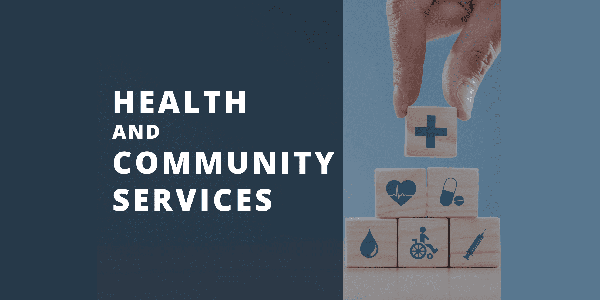||| FROM SAN JUAN COUNTY COMMUNICATIONS |||
On June 18, 2024, all San Juan County beaches closed to recreational shellfish harvesting. This county-wide beach closure does not mean that commercial shellfish operations are closed. You can see which commercial areas are currently “closed” at Shellfish Growing Areas Closures (wa.gov) or sign up for alerts here.
Commercial growers test shellfish at least weekly for biotoxin levels to protect the health and safety of their customers. They then wait for the test results before harvesting and/or distributing the product. Local growers meet strict biotoxin testing requirements and follow multiple shellfish growing and food safety protocols, such as Vibrio Control Plan Rule Requirements and Shellfish Wet Storage Requirements. They also maintain records of where and when shellfish are harvested and distributed, so that shellfish can be recalled, and if necessary, alert consumers.
Recreational shellfish harvesting is currently closed in San Juan County because shellfish samples collected at routine monitoring sites have unsafe levels of Paralytic Shellfish Poison (PSP). PSP and other biotoxins are poisons produced by algae that occur naturally in marine waters. However, certain environmental factors can cause toxic algae to increase rapidly, or bloom, increasing the amount of these poisons. Shellfish are filter feeders, so they pump water through their systems and filter out and eat algae and other food. If the algae are toxic, biotoxins like PSP can build up in the shellfish’s tissue. When PSP concentrations reach unsafe levels in shellfish, eating them can cause severe illness or death. Cooking shellfish does not destroy PSP and there is no antidote for Paralytic Shellfish Poisoning.
Here are the symptoms to look out for:
- Early symptoms include tingling of the lips and tongue, which may begin within minutes of eating toxic shellfish or may take an hour or two to develop.
- Symptoms may progress to tingling of fingers and toes and then loss of control of arms and legs, followed by difficulty in breathing.
- Some people feel nauseous or experience a sense of floating.
- If a person consumes enough toxin, muscles of the chest and abdomen become paralyzed, including muscles used for breathing, and the victim can suffocate.
If you experience symptoms of Paralytic Shellfish Poisoning, please seek medical attention immediately.
Shellfish from different areas of the County are collected on a routine basis from April to October and analyzed for PSP levels. The PSP level that is unsafe for consumption is ≥ 80 micrograms (µg) /100 grams of shellfish tissue. Our department works in partnership with DOH to ensure safe harvesting of recreational shellfish. We will continue to collect samples and monitor biotoxin levels. When levels return to a safe concentration, certain areas will reopen for harvesting. Always check the Shellfish Safety Map or call WA State’s 24-hour hotline at 1-800-562-5632 before harvesting shellfish.
Relevant Commercial Shellfish Growing Area URLs:
- Shellfish Growing Areas Closures (wa.gov)
- Washington State Department of Health (govdelivery.com) | Commercial Shellfish Growing Area Management
- Vibrio Control Plan Rule Requirements | Washington State Department of Health
- Shellfish Wet Storage | Washington State Department of Health
- Shellfish Growing Areas | Washington State Department of Health
- Washington Commercial Shellfish Map
Relevant Recreational Shellfish Harvesting URLs:
- Washington Recreational Shellfish Safety Map
- Paralytic Shellfish Poisoning (PSP) | Washington State Department of Health
- Vibrio in Shellfish | Washington State Department of Health
- Shellfish Harvest Planner | Washington State Department of Health
- Shellfish Handling, Storing, and Cooking | Washington State Department of Health
- Public clam, mussel, and oyster beaches | Washington Department of Fish & Wildlife
About San Juan County’s Department of Health & Community Services
San Juan County’s Department of Health & Community Services is responsible for community and environmental health, mental health and substance abuse programs, senior services, affordable housing projects, and more. The department has staff and offices on Lopez, Orcas, and San Juan Islands. For more information about San Juan County’s Department of Health & Community Services, visit www.sanjuancountywa.gov/1777/
###
**If you are reading theOrcasonian for free, thank your fellow islanders. If you would like to support theOrcasonian CLICK HERE to set your modestly-priced, voluntary subscription. Otherwise, no worries; we’re happy to share with you.**








